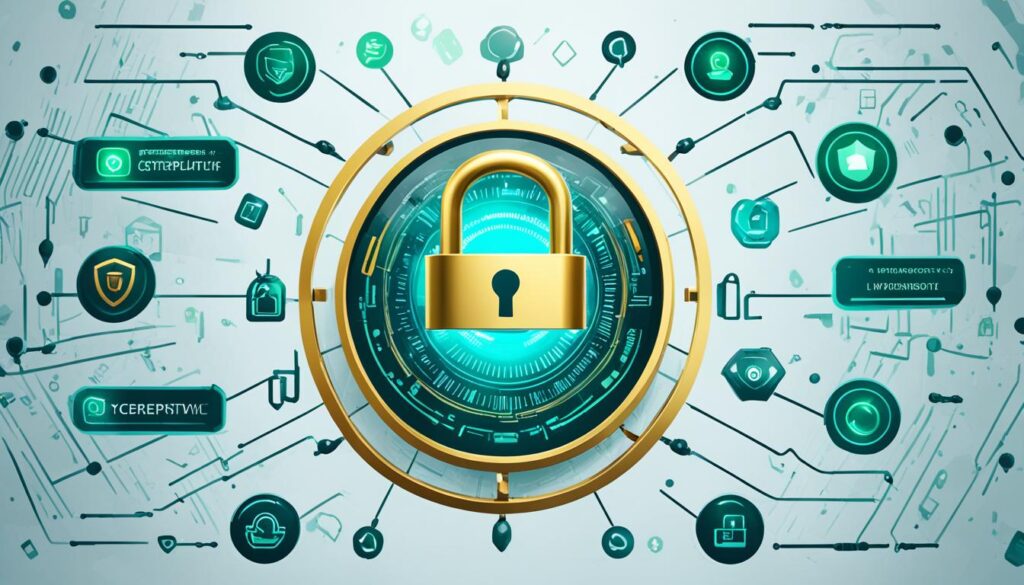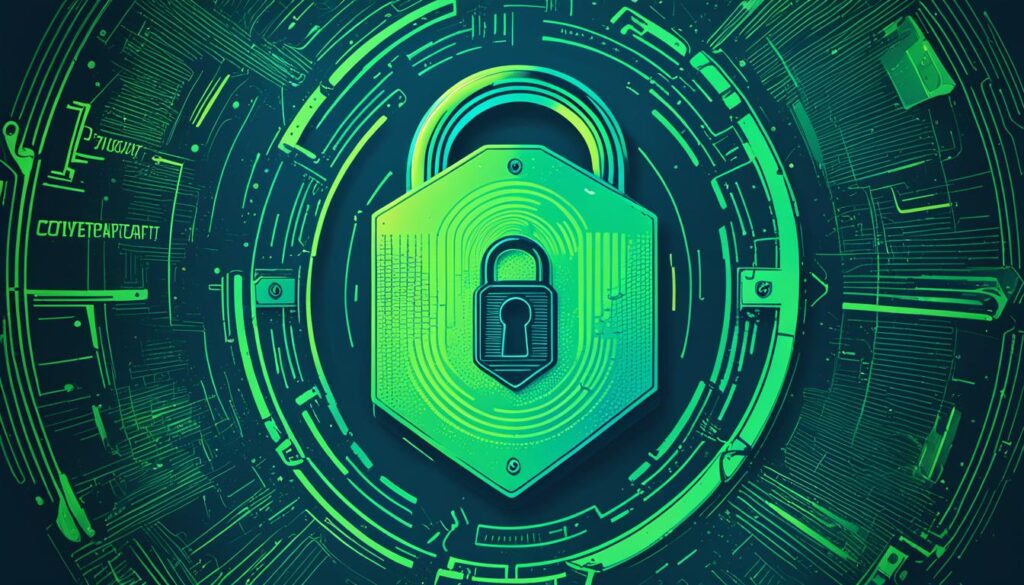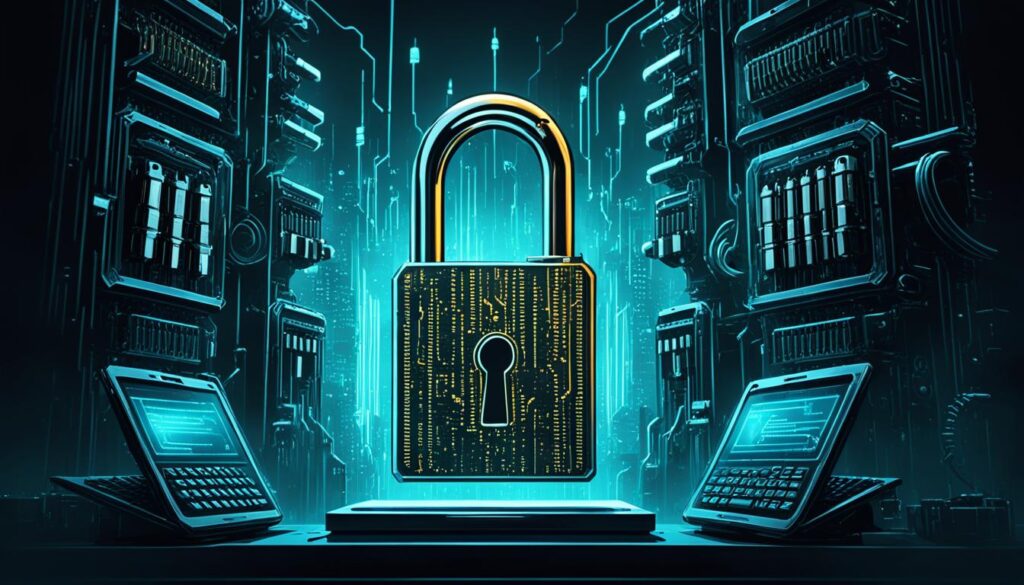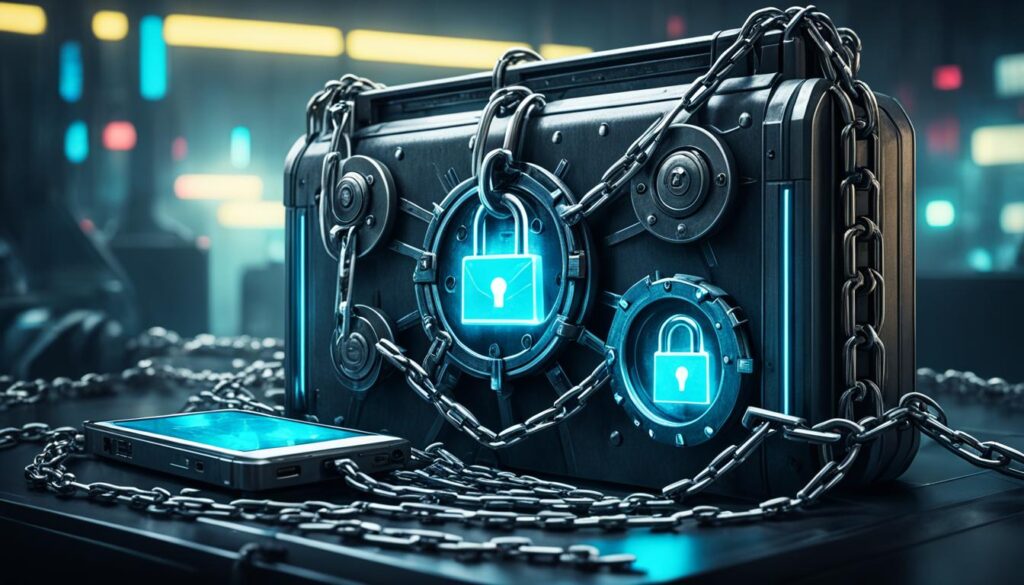In an age where nearly 230,000 malware samples are produced every day and the subsequent threat to digital security looms ever larger, secure code signing certificates stand as the vanguard of software integrity and trustworthiness. As cybercriminals constantly evolve their tactics, it’s essential for developers and organizations to utilize trusted code signing certificates to ensure that their applications are safeguarded against unauthorized tampering and establish a reputable digital footprint.Respected reseller SignMyCode is at the forefront of this battle, securing an arsenal of digital certificates that shield code signing for Windows, macOS, iOS, and Android platforms. In an environment where each…
Author: Daniel
Did you know that a single instance of unauthorized access to a code signing certificate can compromise the security of software distributed to millions of users? The consequences of a security breach amplified by a trusted digital signature can be severe, prompting the critical best practice of revoking code signing certificates. When the sanctity of a code signing certificate is put in jeopardy—whether through unauthorized disclosure, loss, or theft—proactive code signing certificate revocation becomes an essential guardrail in maintaining trust and integrity in the digital world.Key Takeaways: Revoking a code signing certificate is an essential security measure to protect software…
In an ever-accelerating digital world where software is released at breakneck speeds, an astonishing 83% of developers admitted to releasing code before it was thoroughly vetted for security. In the high-stakes realm of secure software development, such short-cuts can lead to catastrophic data breaches and erosion of user trust. Automating code signing processes emerges not only as a recommended practice but an absolute necessity for modern software security. Digital signatures guarantee the integrity and origin of code, acting as a pivotal chain of trust between developers and end users.Implementing a strategy around automating code signing can change the game for…
In an era where close to 350,000 new malicious software files are detected daily, the significance of maintaining software security has never been more pressing. Amidst this digital tumult, code signing emerges not just as a technical necessity but a legal cornerstone—playing an irreplaceable role in defending the integrity of digital assets. As developers and software publishers release their creations into the vast digital sea, the legal implications of code signing become a lifeline, ensuring that the software consumers depend upon maintain compliance with stringent software security standards and digital certificate compliance.In this world where cyber threats loom large, code…
Did you know that 35% of internet users attribute a great deal of their online security to the presence of a verified digital signature? It’s a statistic that underscores the importance of code signing, a security staple that shields countless users from the menace of malicious software. But the impact of code signing goes beyond safety; it’s a herald for trust, authenticity, and professionalism. Underscoring this narrative, let’s dive into some compelling success stories of code signing and explore the tangible benefits realized by real companies such as Codemagic users like UDO Games, Invoice Ninja, and Very Good Ventures.The thrust…
Did you know that the market for hardware security modules (HSMs) is expected to skyrocket to a value of US$ 1,667.4 million by 2032? This impressive projection is a clear indicator of the escalating importance and reliance on these robust devices within secure software development. In an age where digital threats are evolving rapidly, code signing serves as the gatekeeper of software trustworthiness. It is here that HSMs find their crucial calling. They underpin a trusted execution environment by managing digital signatures and paving the way for secure code verification, which is a keystone for the protection and reliability of…
It’s a jarring number that gives pause to even the most seasoned software developers: over 70% of organizations reported being victims of a successful cyber attack in the past year alone. This staggering figure underscores the vital importance of a robust digital security strategy to protect software integrity from the incessant threats of cybercrime. One often overlooked champion in this arena is the use of code signing certificates—a powerful tool in a developer’s arsenal to safeguard their creations from unauthorized tampering and imposter software. Not all code signing methods are created equal; the choice between hardware and software code signing…
In the realm of digital security, a staggering 99% of computers are estimated to be vulnerable to software supply chain attacks. Companies and developers must take exhaustive measures to ensure the integrity and long-term legitimacy of their digital assets. Understanding timestamping in code signing is not just a technical formality; it is an essential practice that can make or break the secure deployment and ongoing reputation of software applications. As we explore this topic, we uncover the pivotal role that digital signature timestamps play in protecting the long-term validity of code, thereby securing not just applications, but also the trust…
In the rapidly evolving world of software development, a startling 70% of tested applications harbor code that has not undergone proper verification. This denotes a burgeoning need for setting up a secure code signing environment in the tech industry. Today, we peel back the layers to understand how a secure code signing environment setup not only fortifies digital assets but also fosters confidence among users.In this digital era, the signature at the bottom of a document has transformed into a digital fingerprint embedded within our applications—our assurance of digital security measures. With every click on a download button, we place…
In an age where technology dictates our routines, a staggering 98% of mobile malware targets Android devices, exposing a critical need for uncompromising mobile app security. Amidst the digital era’s conveniences, these figures send a clear message: protecting your mobile app from malware isn’t just a necessity, it’s essential maintenance for the modern world. The cornerstone of safeguarding these vital applications lies in implementing digital signatures for mobile apps, a process known as code signing, which serves as a gatekeeper for app integrity and a warrior against would-be digital invaders.Code signing fulfills a promise to your users that your app…











